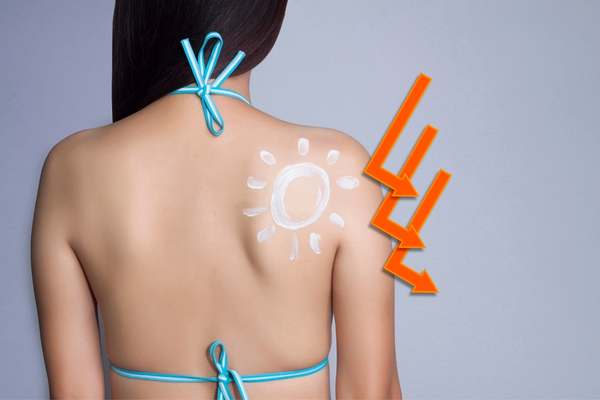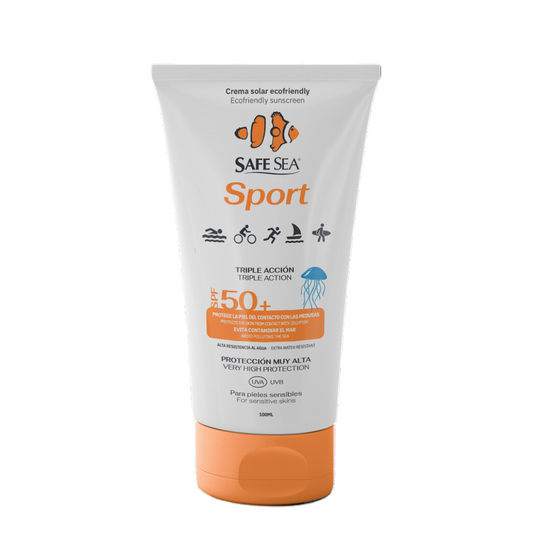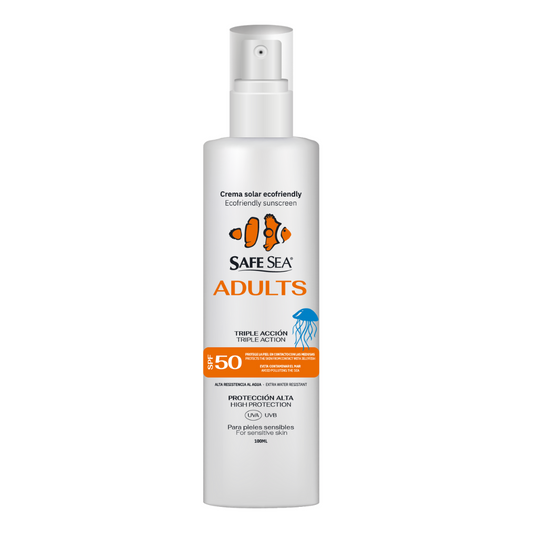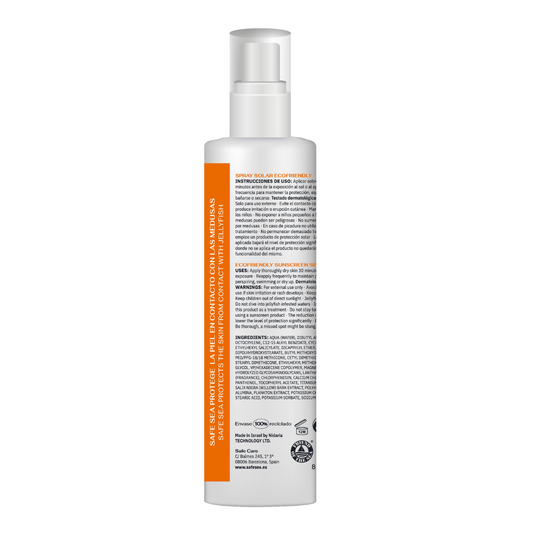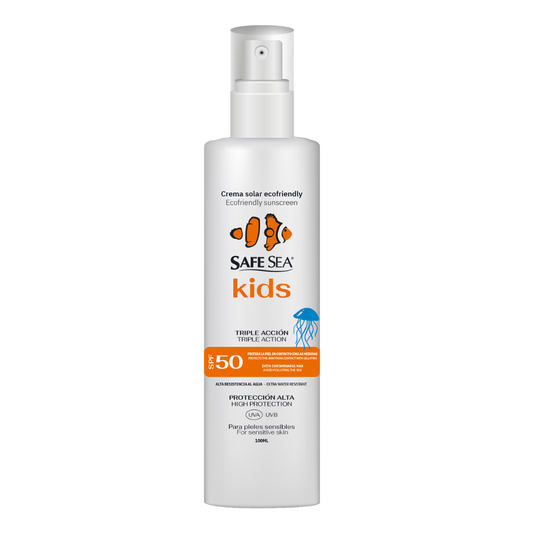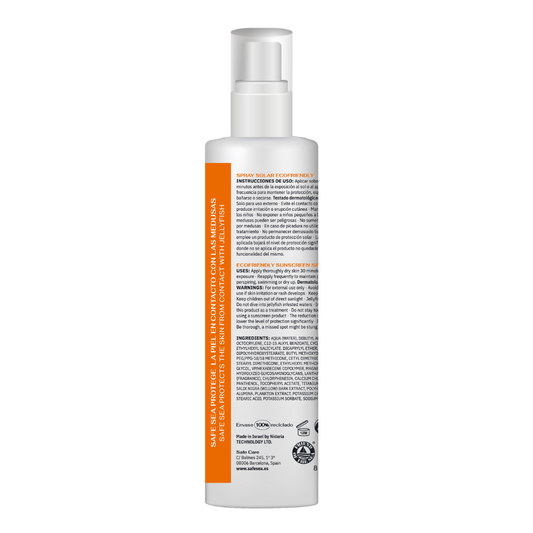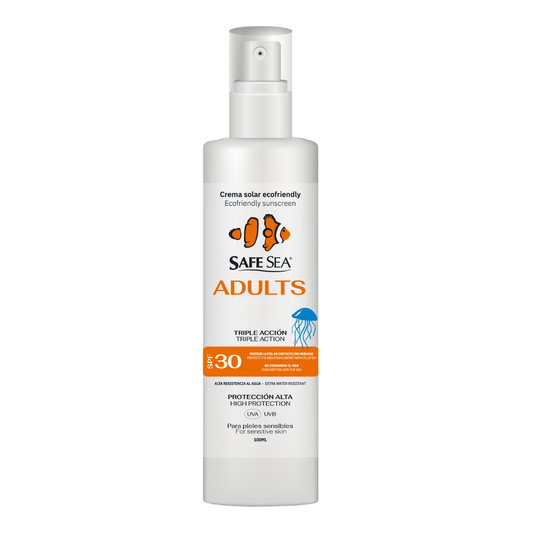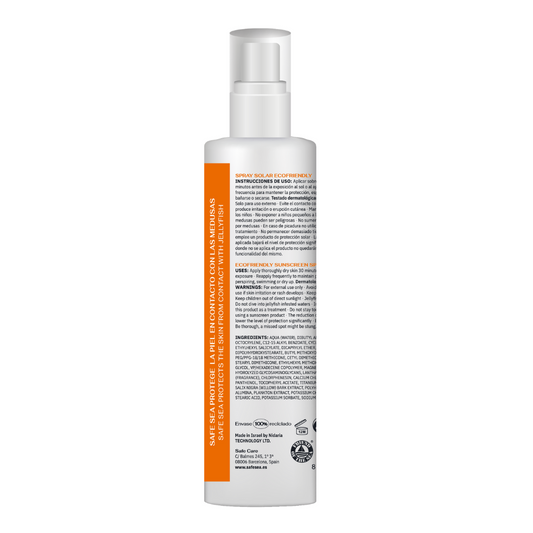Do you know how to read (well) the sunscreen label?

Reading the sunscreen label well is very important to ensure the health of your skin. When buying a sunscreen, it is not enough to look only at the protection number. This is key, but there are others that you should also take into account to take care of your skin to the maximum.
When choosing a sunscreen, most of us look only at the SPF (sun protection factor), but this only indicates the protection against UVB rays.
The reason is that it was originally thought that UVA radiation did not cause skin cancer, but it is now known that it also increases the risk.
There are still creams that do not include UVA protection.
That is why it is very important to look closely at the labels to make sure that your sunscreen offers broad-spectrum protection:
- Against UVB rays, which are key against sunburn, but also against UVA and infrared rays. This is probably the most important detail to take into account when choosing your cream.
Read the sunscreen label carefully
In addition to indicating the protection factor, there are other aspects on the sunscreen label that you should be aware of when purchasing this product:
- SPF: is the degree of protection against UVB rays. The number indicates how long a protected skin could be exposed to the sun without burning, compared to a skin without cream.
- UVA protection: if the UVA symbol is circled it meets the European recommendation (must be at least 1/3 of the SPF).Applying (well) sunscreen is not as easy as it seems.
- Infrared protection: indicated as IR, it contains antioxidants and light reflectors that protect from these rays. Highly recommended for sensitive skin.

Seeks broad spectrum protection
- Full light technology. In addition to protecting against UVA and UVB, they also protect against visible light and infrared. These radiations, which represent more than 90% of the solar spectrum (UVA and UVB represent 10%), penetrate the deep layers of the skin and contribute to premature skin aging.
- Texture: oil-free fluids are ideal for oily skin. Lotions, oils or sprays are good for the body. Sticks, for the eye and lip contour.
- Water-resistant: water-resistant. It means that after a 40-minute immersion 70% of the SPF value remains.
- PA: is another way of expressing the degree of UVA protection. The more '+' signs, the higher the protection.
- Photostable filter: means that UVB and UVA protection is maintained after one hour of sun exposure.
CHECK THE INGREDIENTS
They are key to know if the photoprotector includes physical or chemical filters.
- Physical filters. The most common are zinc oxide and titanium dioxide.
If you have sensitive skin, choose a physical filter
- Chemical filters. They are more controversial. They may include ingredients such as oxybenzone and retinyl palmitate. They are suspected of acting as endocrine disruptors, increasing the risk of cancer. In countries such as Hawaii, chemical filters have been banned because they deteriorate the marine environment, especially coral.

WHICH SUNSCREEN IS RIGHT FOR YOU ACCORDING TO YOUR SKIN TYPE
- It depends on your phototype: if you have very fair skin and light eyes, use an SPF50+; if you have fair skin and brown eyes, an SPF30; and if your skin and eyes are dark or you are already tanned, an SPF20-15.
- Caution if you are taking drugs: some drugs (antihistamines, anti-inflammatory drugs, diuretics, etc.) can be photosensitizers. If you take them, use SPF50+.
WHAT YOU DON'T KNOW ABOUT SUNSCREEN
- There is little difference between high and very high factors. SPF15 blocks 93% of UVB rays, SPF30 blocks 97% and SPF50 blocks 98% of UVB rays.
- The expression "total screen" is not allowed. No photoprotector blocks 100% of the rays.
- SPFs do not add or divide. A sunscreen with an SPF15 that is applied twice in a row does not become an SPF30.
- It is the best anti-wrinkle cream. Daily use of photoprotector reduces the signs of aging by 24%.
- The expiration date of the sunscreen (indicated on the label) is linked to the loss of effectiveness of its protection, which can normally be reduced after a year. But it is not necessary to throw away the sunscreen left over from last summer, you can use it when you are already tanned or as a moisturizer.


